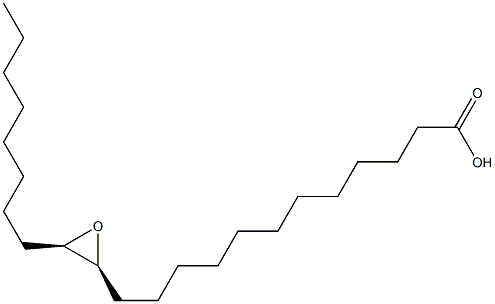The Physical and chemical properties of Polypropylene
Jan 12,2024
Description
Polypropylene (PP), or polypropene, is a thermoplastic polymer used in various applications. It is produced via chain-growth polymerization from the monomer propylene.
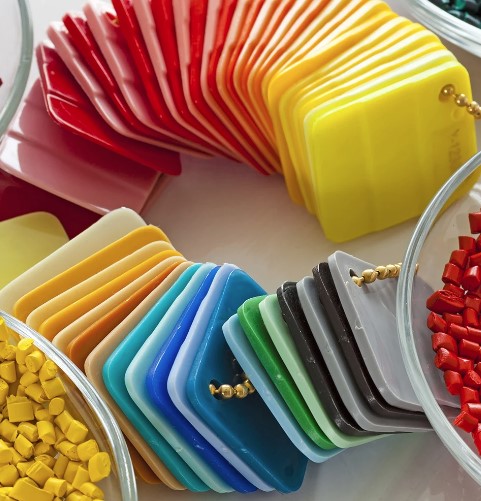
Synthesis method
Polypropylene with the basic methyl substituted ethylene (i.e., propylene) as the monomer is prepared industrially by the polymerization of propylene (C3 H6 ) in a low-pressure process using a mixture of aluminum triethyl [(C2 H5 )3 Al] and titanium tetrachloride (TiCl4 ) as catalysts. The polymerization reaction is very simple and can be written as follows:
n (CH2 =CH2 —CH2 ) → [—CH(CH2 )—CH2 —]n
Physical and chemical properties
The reaction mechanism induces a chain having a helical structure that exhibits the same asymmetrical stereochemical configuration of carbon atoms. This leads to a macromolecule having a high degree of crystallinity. Hence, polypropylene has considerably improved mechanical properties compared to polyethylene; it has a low density (900–915 kg.m–3), is stiffer, more complex, and has a higher strength than many polyethylene grades. Moreover, its higher melting point (160°C) can be used at higher temperatures than PE with a superior temperature limit of 100°C. Its chemical resistance is also significantly increased and only attacked by strong oxidants. Stress cracking of the PP can be a problem if proper selection of the resin is not made.
Uses
In comparison with PE, it exists in a few commercial grades, but the plastic is stereospecific and can be isotactic and atactic. The better mechanical properties of these products extend their use into larger shapes, applying the sheet materials on the interior of appropriately designed vessels, such as packing in columns and as solid containers to compete with glass and steel. The modulus of the polypropylene is somewhat higher, which is beneficial in certain instances. The coefficient of thermal expansion is less for polypropylene than for high-density polyethylene. Fusion welding with a hot nitrogen gun is practical for both materials when the technique is learned. The two main polypropylene applications are injected molded parts and fibers and filaments. Polypropylene is prepared either by the Spherisol process licensed by Basell that combines liquid and gas phase polymerization with a Ziegler–Natta catalyst or by the Borstar process introduced by Borealis.
References
[1] Materials Handbook; DOI 10.1007/978-1-84628-669-8.
- Related articles
- Related Qustion
- polypropylene vs polycarbonate Mar 18, 2024
Polypropylene (PP) is a thermoplastic polymer used in a wide variety of applications. It is produced via chain-growth polymerization from the monomer propylene.
Folic acid is the active form of vitamin B9 and occurs naturally in many foods. Folic acid helps the body make healthy red blood cells and is vital during periods of rapid growth, such as pregnancy and foetal development.....
Jan 12,2024Vitamins and Minerals medicinesPolystyrene is based on the monomer of styrene (i.e., phenylethene). Polystyrene [—CH(C6 H5 )—CH2 —]n is a light amorphous and atactic thermoplastic.....
Jan 12,2024Organic ChemistryPolypropylene
9003-07-0You may like
- How to synthesize Benzyl vinylcarbamate?
Mar 26, 2024
- Polypropylene and Polyvinyl chloride: Which one is better?
Mar 21, 2024
- How to synthesize Isoprene?
Mar 20, 2024
- Polypropylene
-
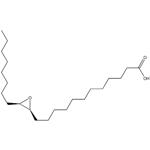
- $50.00 / 1KG
- 2023-12-23
- CAS:9003-07-0
- Min. Order: 1KG
- Purity: 99%
- Supply Ability: g-kg-tons, free sample is available
- Polypropylene
-
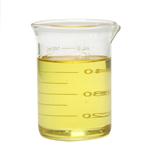
- $0.00 / 25KG
- 2023-06-20
- CAS:9003-07-0
- Min. Order: 1KG
- Purity: 99%
- Supply Ability: 50000KG/month
- polypropylene
-
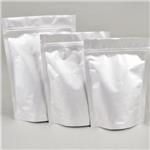
- $10.00 / 1KG
- 2023-02-13
- CAS:9003-07-0
- Min. Order: 1KG
- Purity: 99%
- Supply Ability: 50MT




